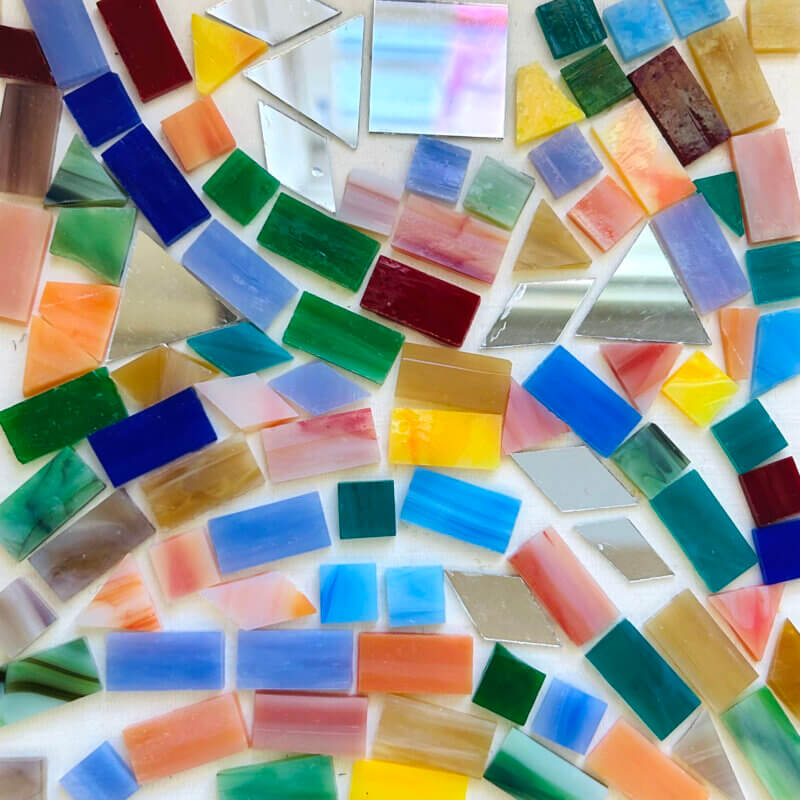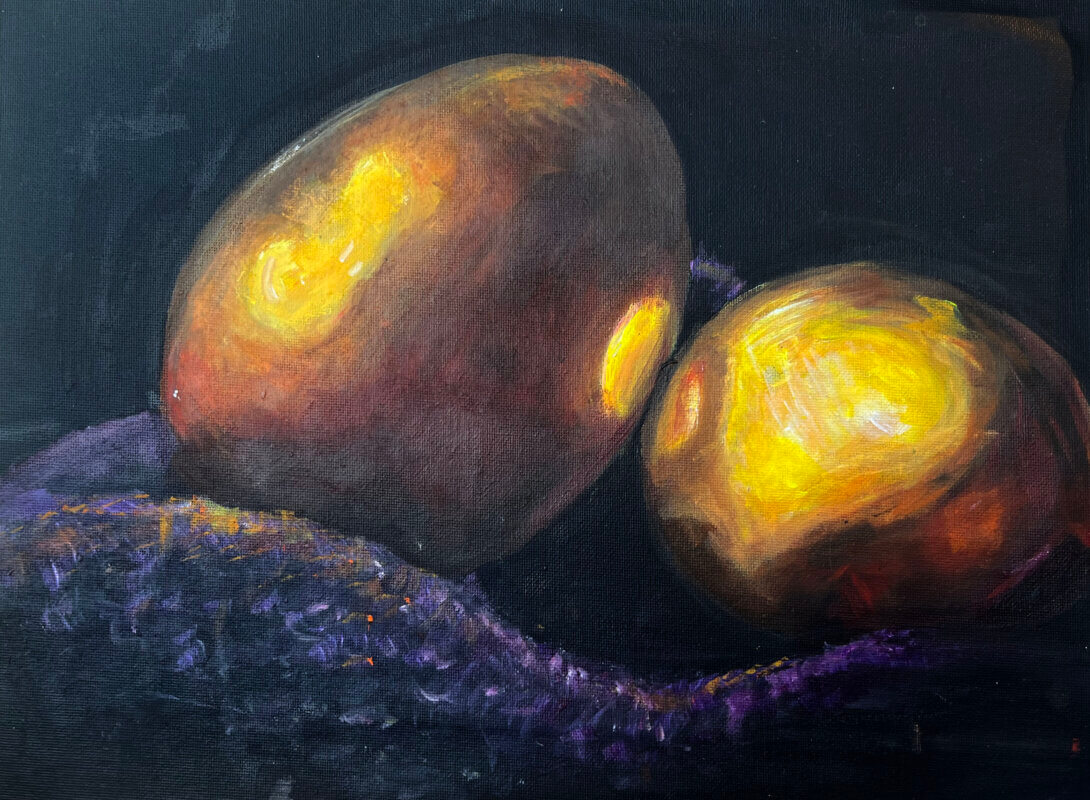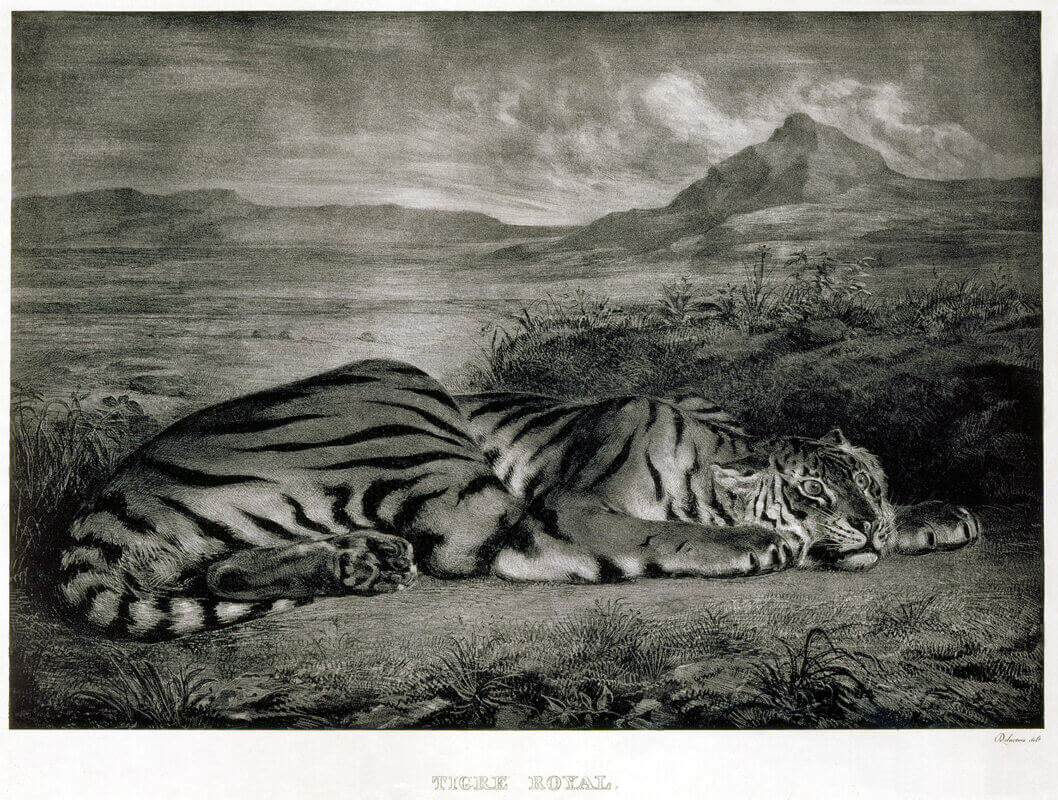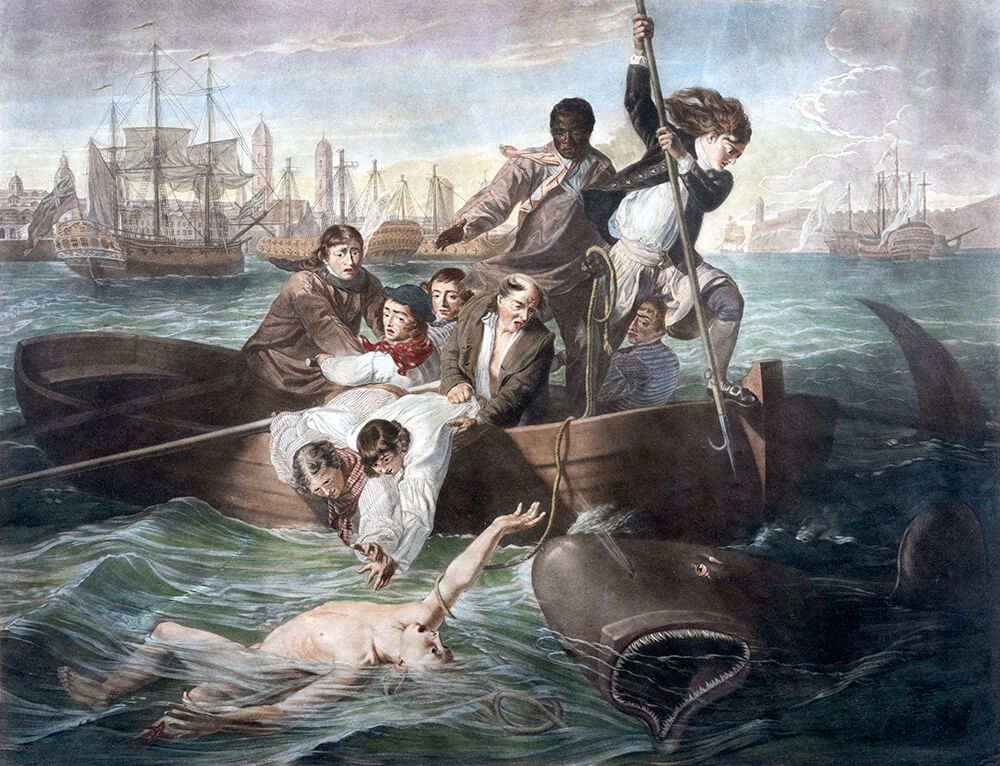Changing attitudes towards nature and wildlife are easy to see in the work on display in this gallery. The oldest works in the collection are six birdstones created by Southern Michigan and Northern Indiana tribes over 4000 years ago. These enigmatic carvings show the cross-cultural drive we share to express our relationship to animals through art.
One of the earliest paintings in the collection is Peaceable Kingdom by Edward Hicks, which uses animals to represent his hopes for peace as immigrants colonized North America. Later, artists depicted glowing scenes of wildlife in tranquil settings, capturing the sublime majesty of a continent many settlers saw as a gift from God, their manifest destiny to possess. As Europeans moved west, artists were often on the front lines of exploration. Work by the likes of George Catlin shows an interest in cataloguing North America’s fauna for audiences interested in the bounty of America’s wilderness.
By the late 1800s, wildlife art began to reflect a national sense of mourning over the eradication of millions of bison, the displacement of native peoples, and the degradation of bountiful resources. In the early 1900s, while some artists were creating nostalgic visions of what we had lost, others, like Carl Rungius, were painting remaining populations of wildlife as a reminder of what we still still had.
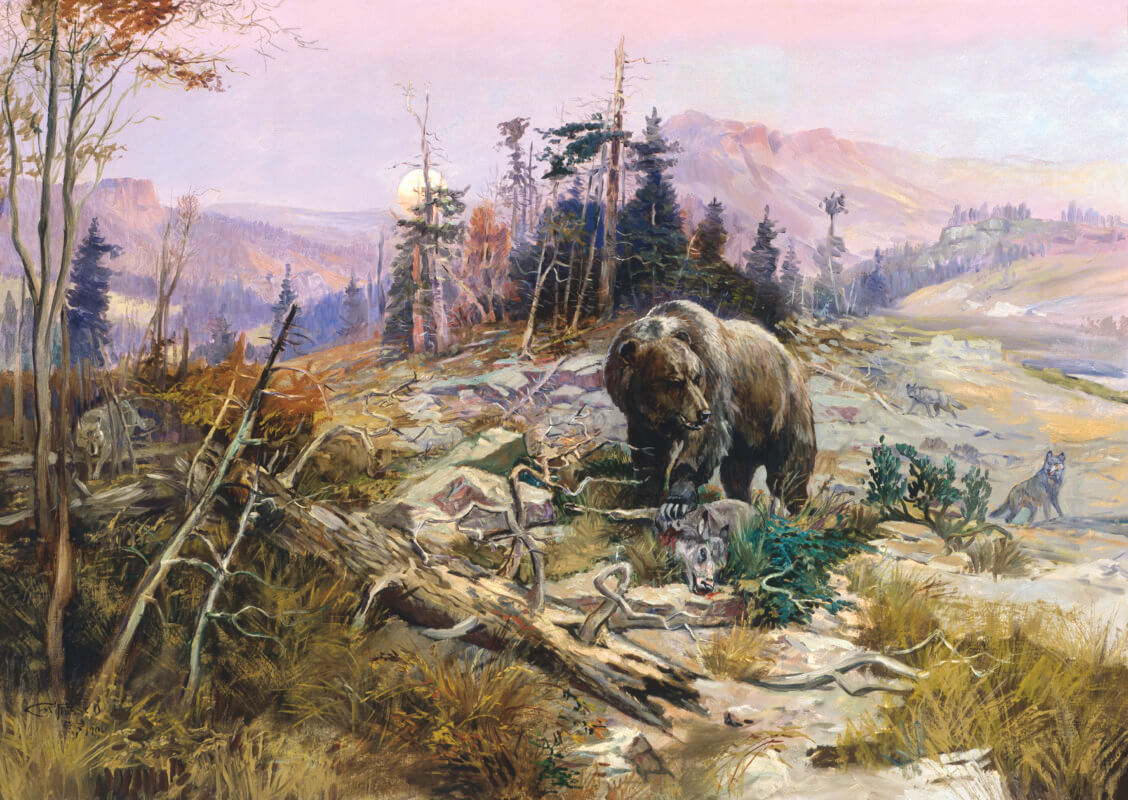
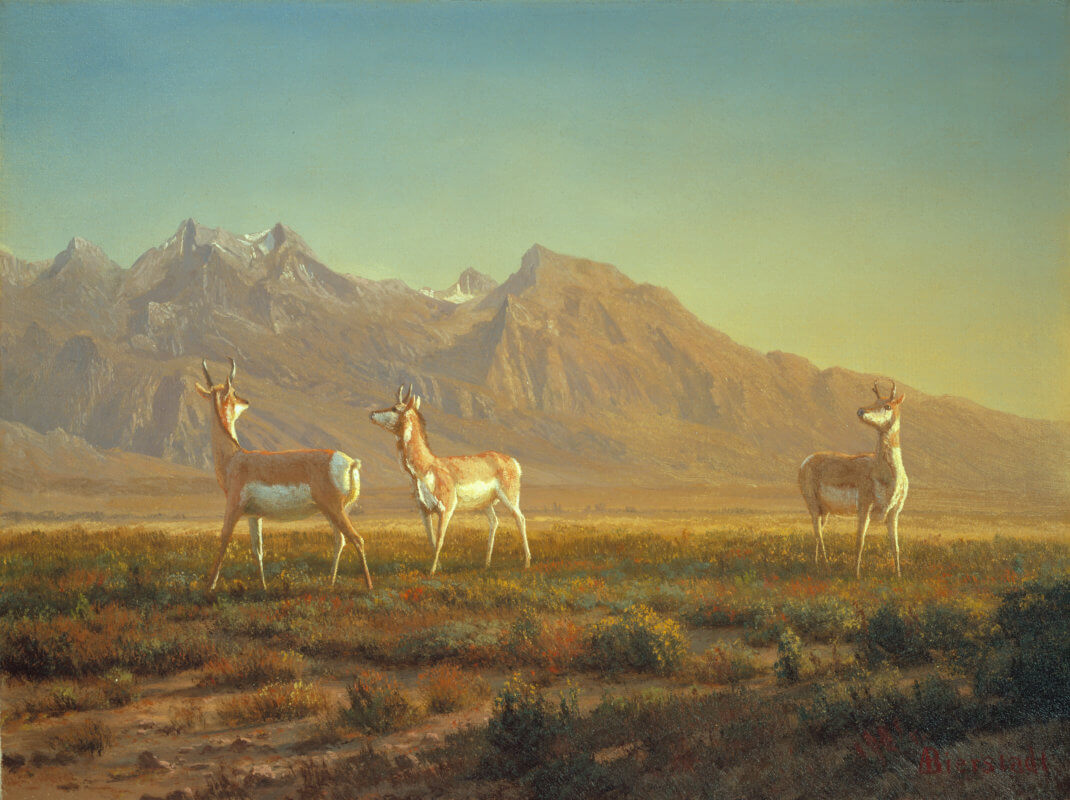

- 1
- 2
- 3
State of the Art: Student Art Show in Honor of Marion Buchenroth
Through May 4, 2025This youth art exhibit is an annual collaboration between the National Museum of Wildlife Art and art educators from Teton County schools. The several hundred works of art on display beautifully demonstrate how students grow as artists as they move through grades K-12.
See the Exhibit- 1
- 2
- 3
Out of the Shadows: Prints from the Permanent Collection
Through April 27, 2025Dürer, Rembrandt, Goya, Picasso, Warhol—while many of the works in this show may be small in size, they are created by some of the biggest names in the canon of art history.
See the Exhibit
